Shooting from the hip is a great technique to apply to fast paced situations where bringing the camera to your eye and precisely framing could mean missing the moment. Combined with something like zone focusing, and lots of practice, this can really enhance someone’s shooting style, and implies an emphasis on spontaneity, and fast reactions. Most people starting out with shooting from the hip may end up with tilted frames and seemingly badly composed results.
Tilting the frame isn’t always just used to achieve the Dutch angle aesthetic – there can be a function which informs this form. In my application the function of tilting the frame is to fit as much information into the frame as possible – stuffing as much content as possible in order to have a frame with a lot of energy. Ignoring horizons and straight lines allows me to focus on the situation and scene around me.
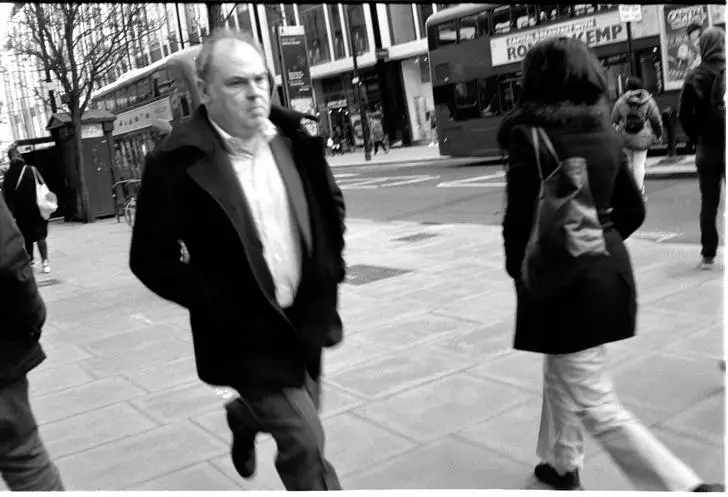
My recent attempts at shooting from the hip have been an attempt at becoming more at peace with the idea of imperfect frames, and also an effort to get some more use out of my 35mm lens. This focal length spends most of its time relegated until required for a specific application – normally a photojournalistic assignment.
For street photography I am starting to become more comfortable using a 35mm for scrappier, faster, closer up work than I normally practice with my longer lenses. The work presented here was all made with that philosophy – identifying potential, getting close, and shooting without framing. My settings were most often f/8 and 1/250ths, and the film was Tri-X pushed to 3200.
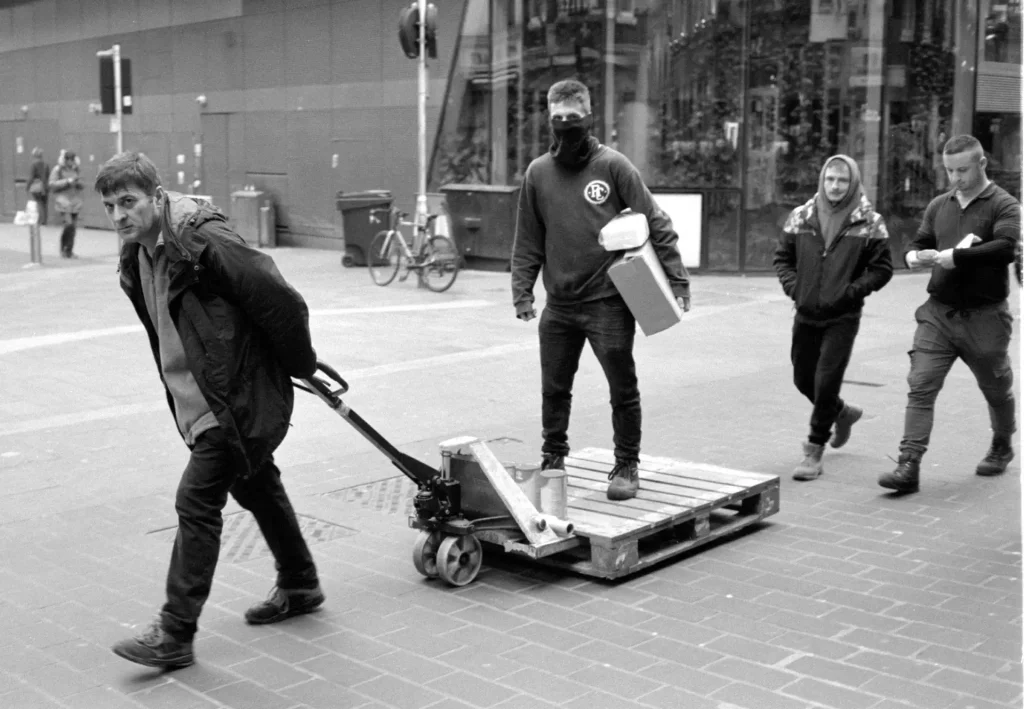
I enjoyed the freedom of this more reactive style of shooting, but haven’t practiced nearly enough to be fully confident about the results. I spent time walking down busy streets with the camera propped on my collarbone, and as people would pass me by I would kind of wave the camera in the general direction of where I thought the interesting thing was happening. 35mm is tight enough for me ti fill the frame without worrying about lots of empty space in the way I am sometimes left with on a 21/24mm.
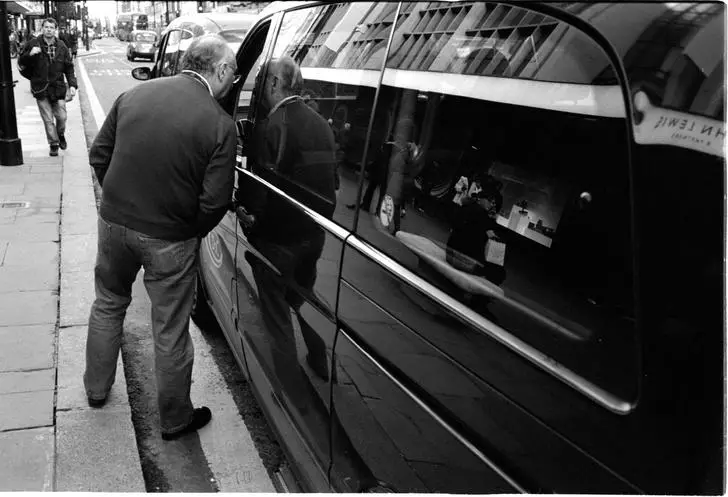
It’s a bit of a frustrating lens for me to return to after so much work at 50mm+, but I want to escape my comfort and feelings of safety in order to push myself and my images somewhere new. I was shooting at a fixed distance of between 1-5 meters based on the zone scale on the lens, and it was interesting searching for potential i such a small window.
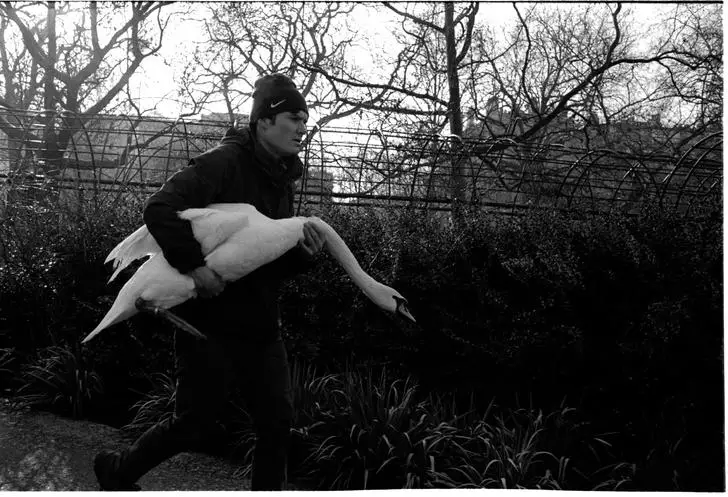
The lens itself continues to perform wonderfully. My 35mm lenses on Leica started with a modern Summicron, which I then turned into the Zeiss f/2 Biogon, and now finally the 7artisans; the cheapest by far, but with nothing lacking in performance that I can see when compared with my experience with those more expensive lenses. I continue to be impressed by what 7artisans are offering in terms of value for money, and don’t think I’ll be getting rid of this lens in favour of anything else anytime soon!
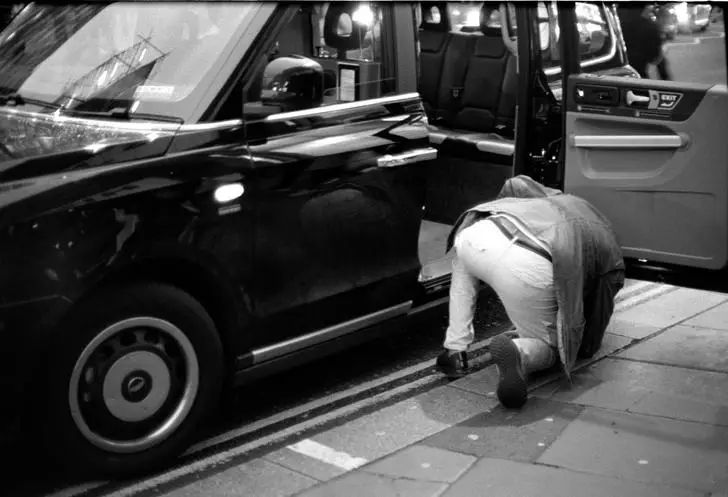
Thanks for taking the time to read this article! If you like the images here please consider checking out my Instagram. I buy all of my film from Analogue Wonderland.
Share this post:
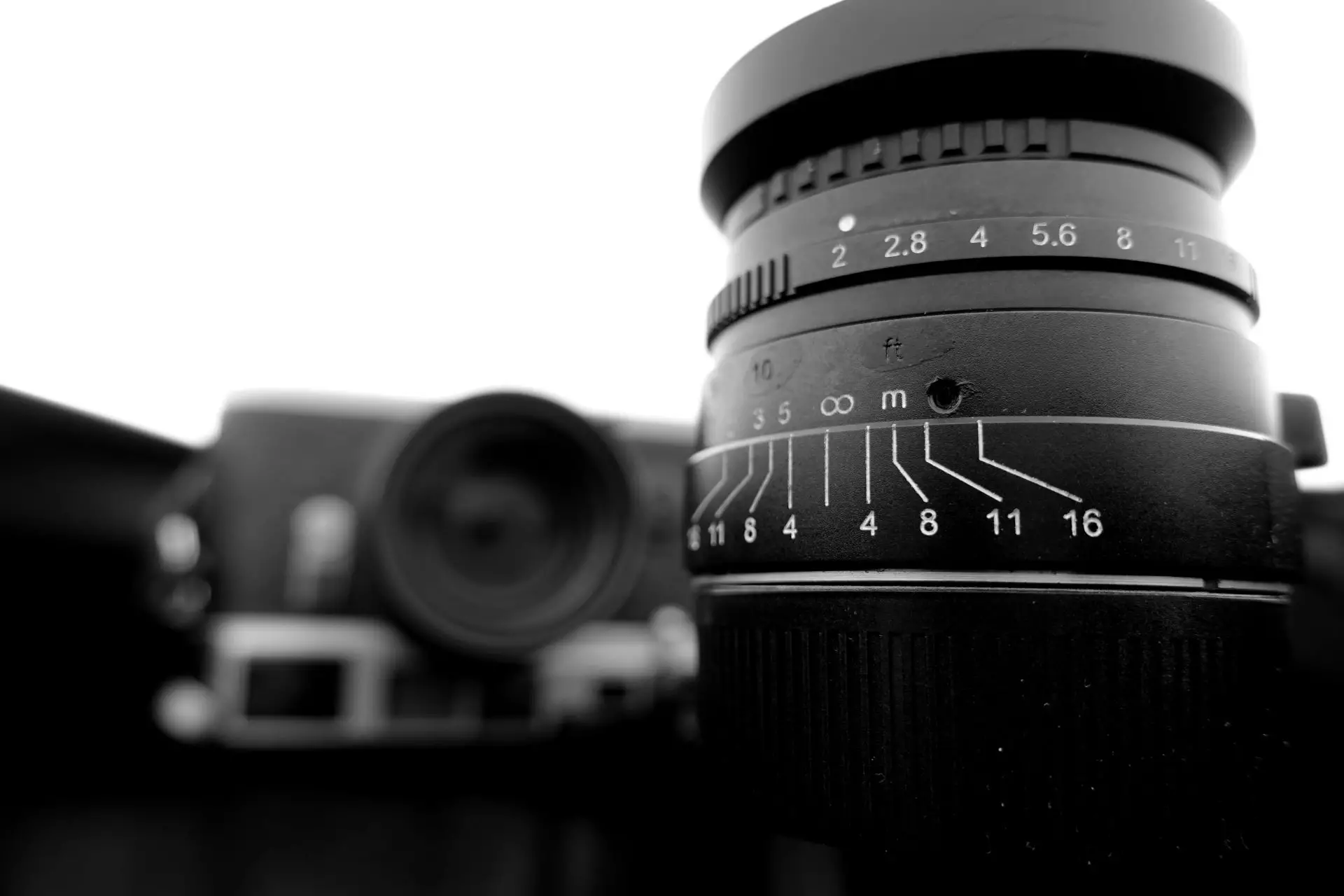
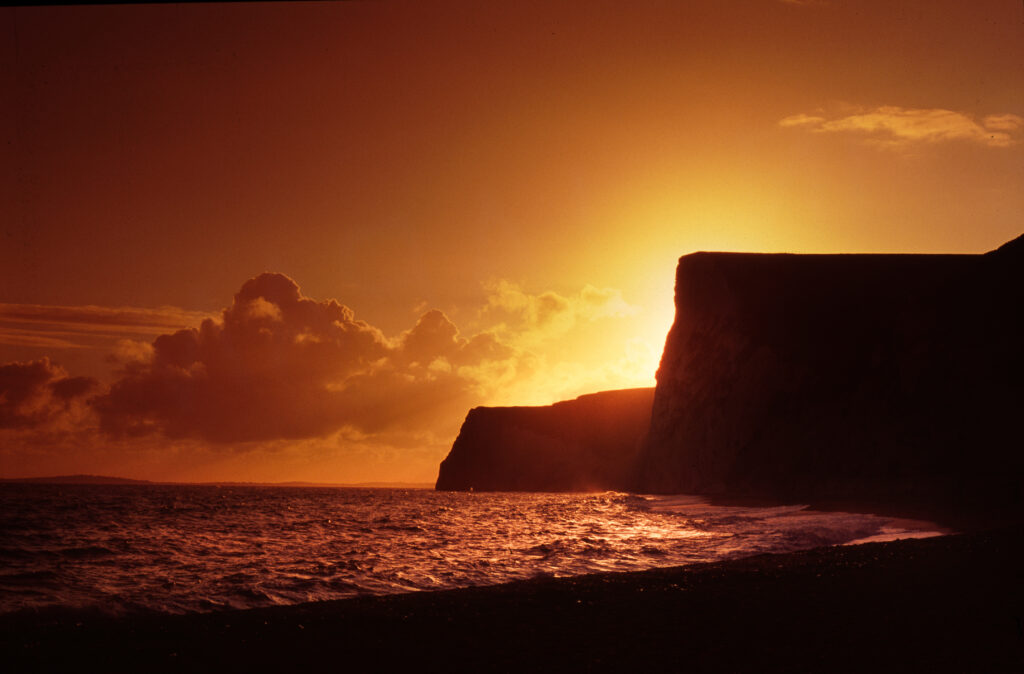
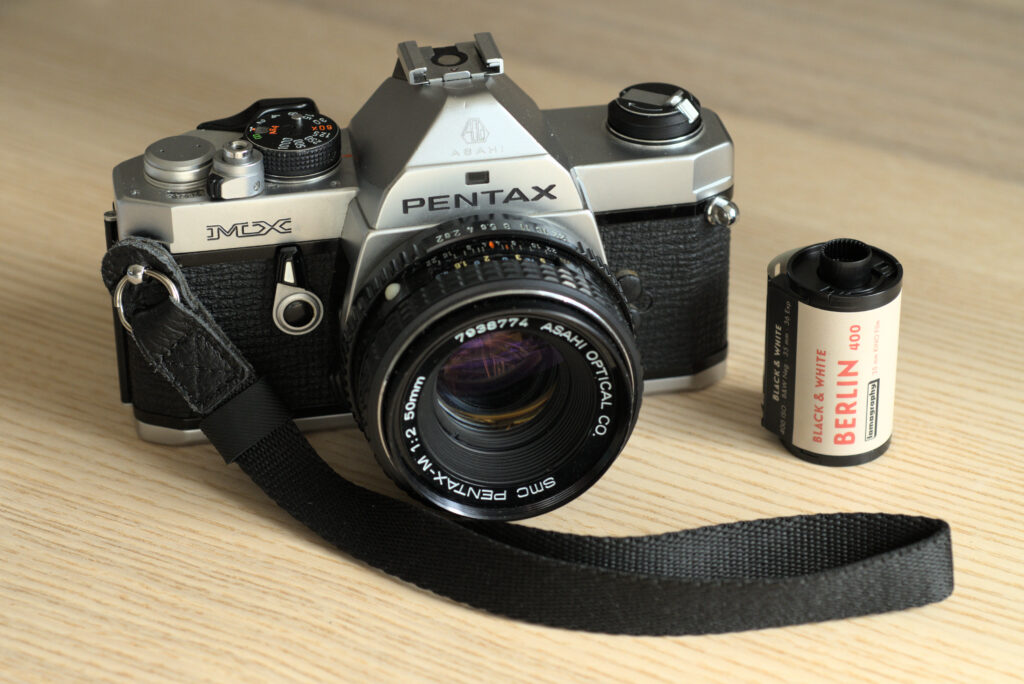
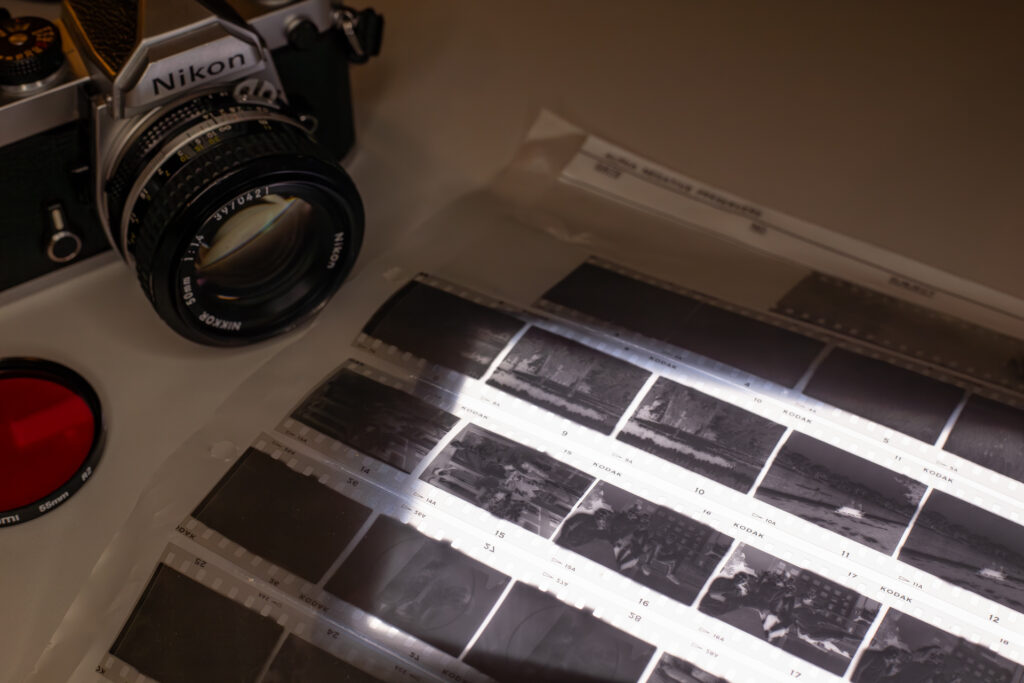
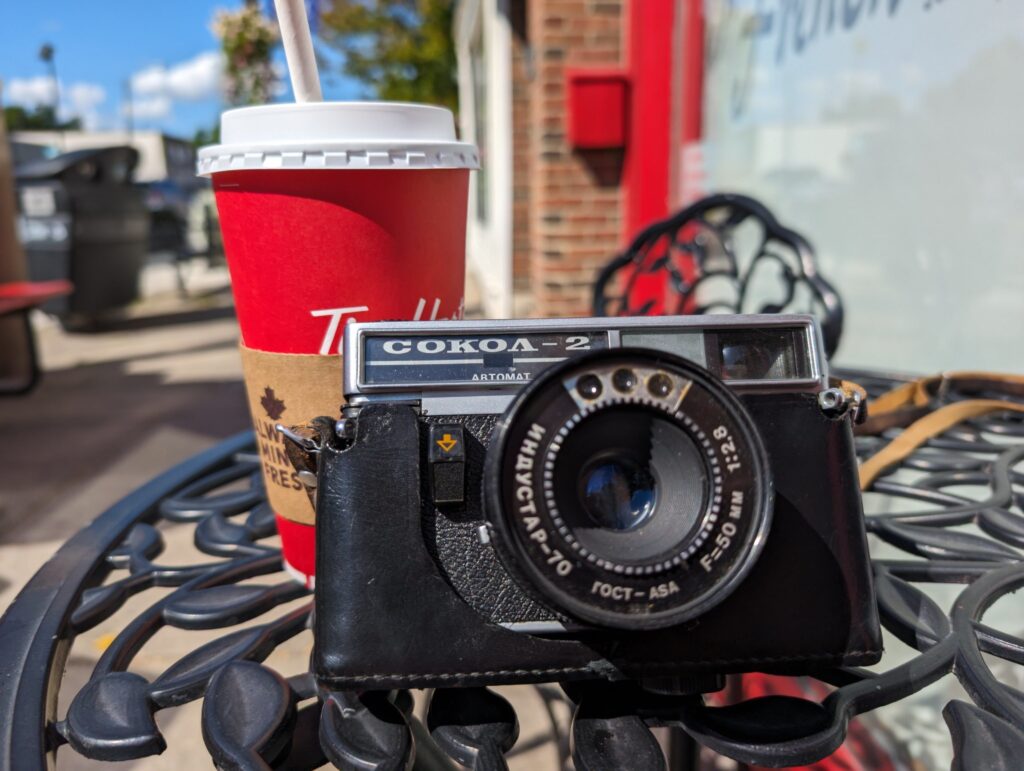




Comments
ed on 5 Frames Shot From the Hip (with the 7artisans 35mm f/2) – by Simon King
Comment posted: 12/04/2020
Not quite sure I understand your strategy of constantly downgrading your lenses. Can't see anything in the photos an older Leica or earlier Voigtländer isn't capable of.
Comment posted: 12/04/2020
Comment posted: 12/04/2020
Comment posted: 12/04/2020
Eric L. Woods on 5 Frames Shot From the Hip (with the 7artisans 35mm f/2) – by Simon King
Comment posted: 12/04/2020
Comment posted: 12/04/2020
Harry Machold on 5 Frames Shot From the Hip (with the 7artisans 35mm f/2) – by Simon King
Comment posted: 12/04/2020
But I am not in street photography though love to read these articles and enjoy most of the photographs. I was with 7Artisan and later also TTArtisan from their early days on. I enjoy their philosophy behind and there is a philosophy unlike some of the other makers at least.
The build quality I always regarded as excellent and there was never any real difference for me to notice when looking at Leitz, Zeiss and Voigtlaender. But I also enjoy to shoot with old Russian lenses and have them improved by my mechanic to their highest possible level. However, none of them is up to what theses Chinese makers are able to.
Just keep going please; I enjoy your article here very much.
Best wishes
Harry
Ron Scibilia on 5 Frames Shot From the Hip (with the 7artisans 35mm f/2) – by Simon King
Comment posted: 13/04/2020
Zisis Kardianos on 5 Frames Shot From the Hip (with the 7artisans 35mm f/2) – by Simon King
Comment posted: 13/04/2020
Comment posted: 13/04/2020
DaveP on 5 Frames Shot From the Hip (with the 7artisans 35mm f/2) – by Simon King
Comment posted: 23/08/2021
Comment posted: 23/08/2021